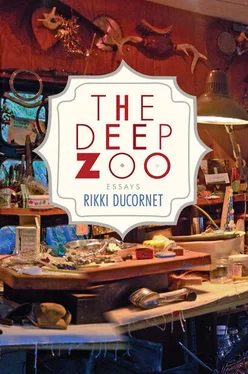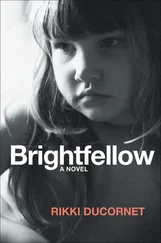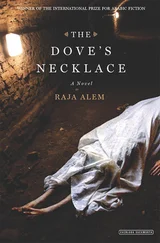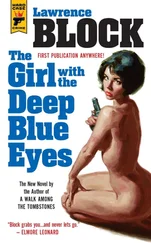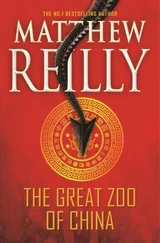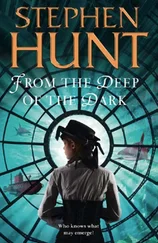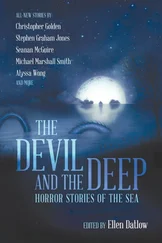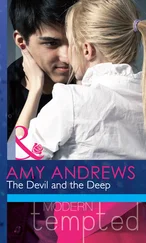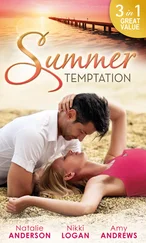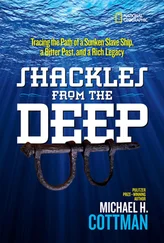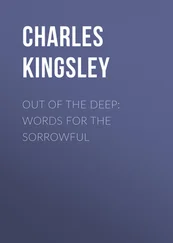To animate the dry bones of overuse and to illuminate the riddles of divine intention, the sacred words are sparked: these allow them to leap like flames and, like crystals, to scatter light. And they demand a pause, an intake of breath. A measured breathing is essential to the writing of calligraphy, which is also a form of rigorous choreography. Breath punctuates and enlivens a text whose initial impulse, after all, was breath. The pauses are windows also, by means of which we are invited to dream, to, in the words of Gaston Bachelard, be more “vividly alive.” He is evoking poetic leaps of mind, a process essential to the reception of new ideas and novel connections, what the Kabalists call skipping and jumping. The word for vowel sounds in Arabic is harakât, which also means “movement.”
Like the mazed halls and galleries of a museum, the calligraphic itineraries I have described impose a way of proceeding and are all about the unfolding of knowledge. They offer a practice of seeing, and the promise of far-seeing. This parallel between the museum and the sacred text also informs the novel I am writing, as do those emblems so dear to Italo Calvino: the flame and the crystal.

Situated in the Jardin des Plantes, Paris’s oldest mineralogy museum was not conceived as a cabinet of curiosities, but as a place of scientific inquiry. Its collections are extensive—1,509 examples of tourmaline alone! The name Jardin des Plantes is misleading, as the entire garden is even now a research center claiming a number of distinct buildings, housing laboratories, and collections essential to the study of the natural sciences. It also continues to be one of the few places in Paris that, despite the congestion and conquest of so-called free marketeering, continues to enchant the senses and offer the lyrical coincidences once so beloved of the city’s Surrealists. I was there just last month researching a new novel; it was late December; in another hour I would run into a glass door and break my nose. The pollarded trees signaled — in Koranic Kufic — the fingers of coral that were about to greet me.
That afternoon I saw what seemed to be fossil flowerets of cauliflower but were in fact a mineral labeled “Barytine”; an obsidian mirror that belonged to Montezuma — the very mirror that failed to warn him of the dangers about to submerge him; and I was dwarfed by a crystal of salt.
My novel is narrated by a professor of mineralogy whose particular fascination is image stones, stones that appear to contain landscapes and figures and even fragments of calligraphy. I had read Roger Caillois:
The fact is that there is no creature or thing, no monster or monument, no happening or sight in nature, history, parable, or dream whose image the predisposed eye cannot read in the markings, patterns, and outlines found in stones.
Already, I had described the image stones from Caillois’s collection, things I had seen in photographs only. Unexpectedly, I found them on display in a cabinet in the museum’s Great Hall — the very same stones Caillois named “Calligraphy” or “Royal Calligraphy.” In other words, I found myself face to face with the very same stones that had enchanted my novel’s narrator:
These appear to be traced over with a reed pen dipped in cream. What’s more, each stone could well exemplify a particular style of classical Arabian calligraphy: Naskhi, Riga, Thuluth. One can even make out certain letters: the vertical alif, the horizontal jim. The perfect proportions sought after by the scribes are in evidence, as are the sparks that are said to set the words on fire.
As when a dream snake, biting its tail, revealed the structure of benzene to the chemist Kekulé, the dream released something that was sleeping in the chemist’s mind all along. As when the lover of a Berber girl licks the symbolic text that is tattooed upon her breast, and swallowing, embodies and releases the alphabet of desire. An alphabet that, like the letters of the sun’s illumination, is sacred, eternal, and profoundly human.
BOOKS OF NATURAL AND UNNATURAL NATURE
1. Ovid, The Metamorphoses (New York: Penguin Books, 1984), 29.
2. Ibid.
3. The Rig Veda, quoted in John Huizinga, Homo Ludens (Boston: Beacon Press, 1950), 106.
4. Ovid, The Metamorphoses, 31–32.
5. Arthaveda, quoted in Huizinga, Homo Ludens, 107.
6. Sigrid Hodel-Hoenes, Life and Death in Ancient Egypt (Ithaca, NY: Cornell University Press), 27.
7. Yves Bonnefoy, Mythologies, vol. 1, (Chicago: University of Chicago Press, 1991), 100.
8. E. A. Wallis Budge, ed. and trans., The Book of the Dead (New Hyde Park, NY: University Books, 1960), 458. (Slight revisions of vocabulary are mine.)
9. E. A. Wallis Budge, Amulets and Talismans (New Hyde Park, NY: University Books, 1961), 128, 135.
10. Museum of Ethnology, Rotterdam, comp., Dreaming of Paradise (Rotterdam: Martial and Snoek, 1993), 38.
11. Sydney H. Aufrère, ed., Encyclopédie Religieuse de l’Univers Vegetal, vol. 1 (Montpellier Ill, France: University Paul Valéry, 1999), 273.
12. Budge, Amulets and Talismans, 164.
13. Jacques Ninio, L’empreinte des Sens (Paris: Éditions Octile Jacob, 1991), 29.
14. Gilbert Waldbauer, Fireflies, Honey and Silk (Los Angeles: University of California Press, Berkeley, 2009), 66.
15. Jean Bottero, The Mesopotamians (Chicago: University of Chicago Press, 1992), 37.
16. Robert Russett, Hyperanimation (New Barnett, UK: John Libbey Publishing, 2009), 70.
17. Ibid., 93.
18. Ibid., 95.
19. Ibid., 256.
HOUSES ON FIRE
1. Kathryn Davis, Hell (New York: Ecco Press, 1998), 25.
2. Werner Herzog, The Enigma of Kaspar Hauser. Directed by Werner Herzog. Performed by Bruno Schleinstein, Walter Ladengast, Brigitte Mira, and Reinhard Hauft (Mainz, Germany: Zweites Deutsches Fernsehen, 1974).
3. Joy Williams, The Changeling (New York: Doubleday, 1978), 85.
4. Davis, Hell, 51.
5. Jeffrey Moussaieff Masson, The Wild Child (New York: Simon and Schuster, 1996), 139.
6. Clarice Lispector, “The Imitation of the Rose,” in Other Fires: Short Fiction by Latin American Women, ed. Alberto Manguel, (New York: Clarkson N. Potter, Inc., 1986), 46.
7. Ibid., 45.
8. Ibid., 45.
9. Ibid., 57.
10. Clarice Lispector, Near to the Wild Heart (New York: New Directions, 2012), 4.
11. Ibid., 3.
12. Ibid.
13. Ibid., 7.
14. Ibid., 11.
15. “Mange, tu ne sais pas qui te mangera!” Jean Ray, Oeuvres Complètes/3 (Paris: Robert Laffont, 1964), 243.
16. Davis, Hell, 23–24.
17. Ibid., 161.
18. Ibid., 95.
19. Ibid., 94.
20. Ibid., 22.
21. Ibid., 7.
22. Ibid., 94.
23. Ibid., 25.
24. Ibid., 65.
25. Ibid., 16.
26. Ibid., 101.
27. Ibid., 143.
28. Ibid., 133.
29. Noëlle Châtelet, Le Corps à Corps Culinaire (Paris: Sevil, 1977), 33.
30. “Les petits fours, exquis, servis l’après-midi, sur l’assiette de porcelaine avec le thé de Chine, sont déjà, bel et bien, excréments en puissance.” Ibid., 33.
31. “Les soufflés à la moelle, les gigots parfumés d’ail, et les volailles ruisselantes de jus. .” Ray, Oeuvres Complètes/3, 298.
32. Rafael Azcona, Francis Blanche, and Marco Ferreri, La Grande Bouffe. Directed by Marco Ferreri. Performed by Marcello Mastroianni, Ugo Tognazzi, Michel Piccoli, Philippe Noiret, and Andréa Ferréol (Bordeaux: Mara Films; Rome: Capitolina Produzioni Cinematografiche, 1973).
Читать дальше
